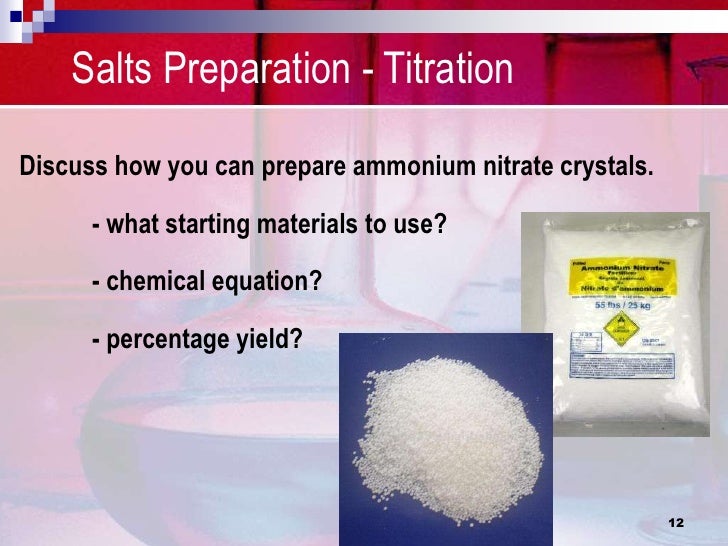

The former spectra are stronger and show a particularly dominant band near 2890 cm −1 which is selectively removed by CO adsorption and also by hydrogenation. Using this criterion it is shown that a “hydrogen-covered” surface prepared at 25 ☌ loses much of its hydrogen by pumping at 50 ☌.ĭifferent spectra have been obtained (as previously by Eischens and Pliskin in 1958) from ethylene adsorbed on hydrogen-covered and bare nickel. A “hydrogen-covered” surface gives a vCO band near 2070 cm −1 a “bare” or “hydrogen-free” surface gives a band near 2040 cm −1.

The infrared absorption in the 2100-2000 cm −1 region from CO chemisorbed on silica-supported nickel is shown to be sensitive to the presence or otherwise of hydrogen co-adsorbed on the metal surface. In conjunction with arguments based on a free electron construction of the Fermi surface, it is concluded that lithium tetraammine is probably an uncompensated metal with a high proportion of carriers in open orbits. These results are compared with standard galvanomagnetic theory for compensated and uncompensated metals. The magnetoresistance is large with a marked decrease in slope above 50 kG. It is suggested that this anomaly is characteristic of the compound Li(NH 3) 4 and may be a Martensitic or magnetic transition. The second, near 69 K, has not been observed in thermal measurements.

The resistivity shows several anomalies in the solid phase, one of which has also been observed in thermal measurements and is associated with a transition from an fcc to an hcp structure. Specimen preparation and aspects of the measurement technique used in preparing well mixed, homogeneous specimens are described. Measurements were made using a probeless, mutual inductance technique. On specimens of the compound lithium tetraammine, Li(NH 3) 4, the resistance from 10 to 100°K and the magnetoresistance at 4.2 and 1.66 K have been measured.


 0 kommentar(er)
0 kommentar(er)
